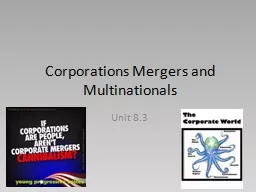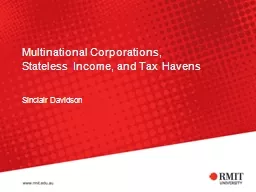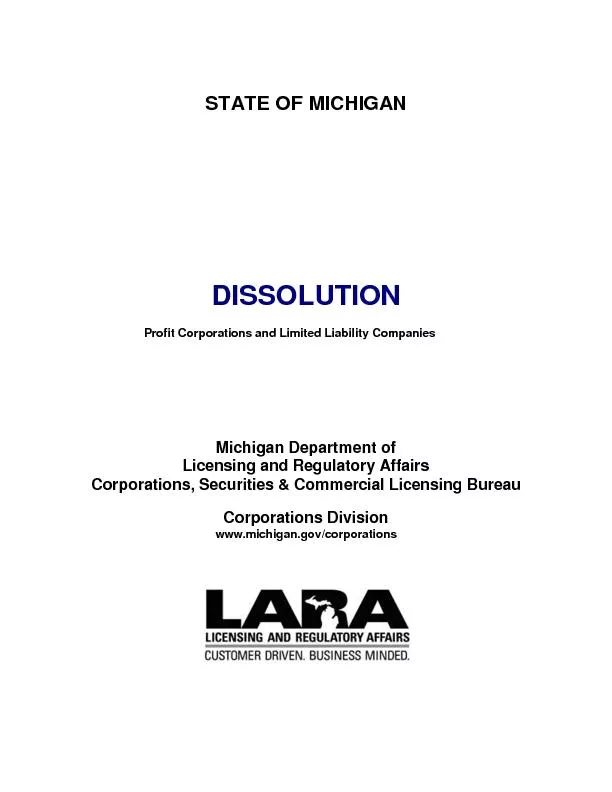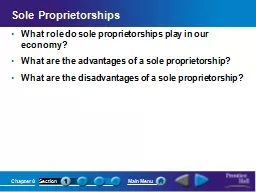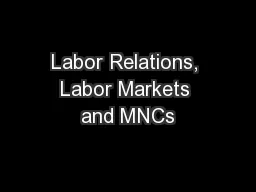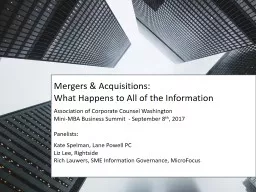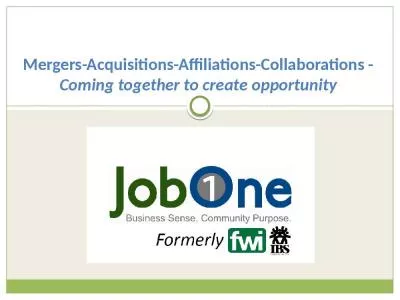PPT-Corporations Mergers and Multinationals
Author : celsa-spraggs | Published Date : 2018-03-13
Unit 83 Corporate Characteristics Corporations can be closely held private or publicly held entities Corporations are owned by the stockholders of the company have
Presentation Embed Code
Download Presentation
Download Presentation The PPT/PDF document "Corporations Mergers and Multinationals" is the property of its rightful owner. Permission is granted to download and print the materials on this website for personal, non-commercial use only, and to display it on your personal computer provided you do not modify the materials and that you retain all copyright notices contained in the materials. By downloading content from our website, you accept the terms of this agreement.
Corporations Mergers and Multinationals: Transcript
Download Rules Of Document
"Corporations Mergers and Multinationals"The content belongs to its owner. You may download and print it for personal use, without modification, and keep all copyright notices. By downloading, you agree to these terms.
Related Documents

